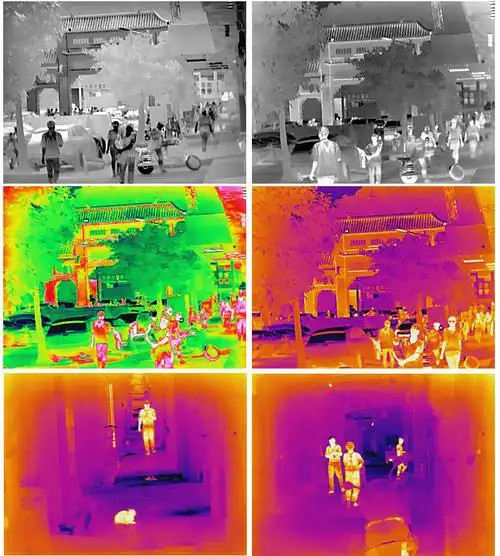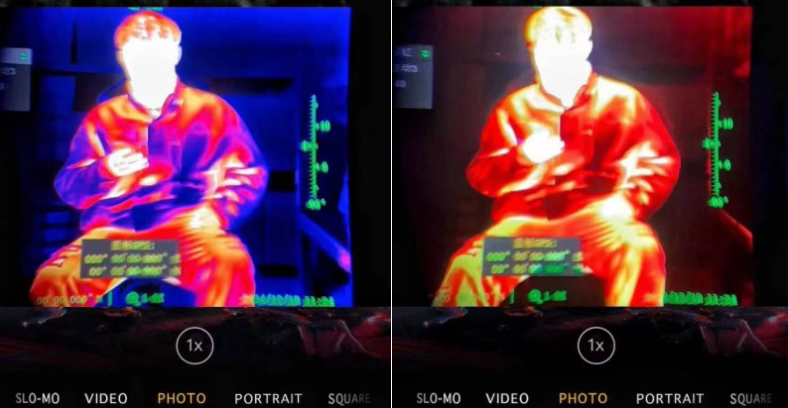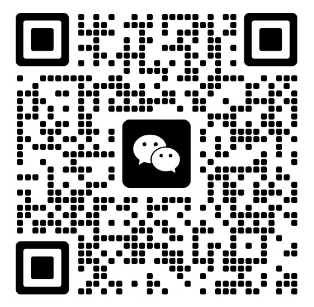When night falls on the wilderness and thick fog engulfs the forest, the world visible to the naked eye shrinks dramatically. But for the military and police pioneers equipped with advanced thermal imaging equipment, darkness is no longer an obstacle, but the best cover for action. This pair of "electronic eagle eyes" that can "sense" temperature is profoundly reshaping the rules of outdoor reconnaissance and night search and rescue
Race for life: a beacon of life in the dark night
Thermal imaging ignores visible light camouflage and directly detects the infrared radiation emitted by the object itself. Whether the target is hiding behind the bushes or lurking in the shadow of a building, as long as there is a temperature difference, there is nowhere to hide.

Thermal imaging greatly expands the effective search range, especially in environments with dense vegetation, complex terrain or extremely low visibility (rain, fog, smoke), becoming a "life radar" for locating lost people and survivors under earthquake ruins.
Operation tips
Temperature difference is a clue: Always pay attention to changes in the background temperature of the environment. The greater the temperature difference between the target (such as the human body, vehicle engine) and the cold background (such as the night sky, water body), the clearer the image.
Angle is an advantage: Avoid observing directly at strong heat sources (such as campfires and engine exhaust ports) to avoid "heat saturation" and overexposure of the picture. Make clever use of terrain and observation angles to obtain the best contrast.
Concealment is life: Remember! Thermal imagers themselves are also heat sources. The use time of the equipment must be strictly controlled during the mission, and a heat shield must be used to reduce the risk of exposure when necessary.

Identification of environmental interference: Be alert to interference from environmental heat sources! Rocks heated by sunlight, embers of a recently extinguished campfire, and small animals may all produce heat signals similar to those of the human body, which require a comprehensive assessment based on terrain and experience.
Resolution is detail: When searching for targets with weak vital signs, the thermal sensitivity (NETD) and spatial resolution of the equipment are crucial. High-resolution equipment can better distinguish targets from background clutter and capture more subtle temperature differences.
Weather adaptability: Medium-wave infrared (MWIR) thermal imagers are generally better than long-wave (LWIR) in penetrating mist and light rain. Understand the performance boundaries of the equipment and be more cautious in interpretation in bad weather.
Born for the mission: essential qualities of reliable equipment
In harsh environments that are related to life and death and the success or failure of missions, thermal imaging equipment must have the following:
Fearless of the environment: IP67 or higher protection to ensure stable operation in heavy rain, dust, and falling.
Persistent insight: Ultra-long battery life and intelligent power consumption management to support continuous operations all night.
Clear guidance: High sensitivity and resolution to accurately lock targets in complex scenes.
Agile control: Ergonomic design, one-button mode switching, and fast operation even in severe cold.

Penetrating the darkness, not just seeing
Military and police thermal imaging equipment is the strategic eye in the dark night and the light of life in desperate situations. It extends the limits of human perception and transforms invisible temperature into key intelligence for victory and the hope coordinates of life. When every precise positioning becomes the cornerstone of success, and when every weak heat source affects the return of life, the value of this pair of "night eagle eyes" has surpassed the technology itself-it is the invisible sword in the hands of the guardian to illuminate the unknown and defend peace.
Let the warmth of technology dispel every darkness. ONICA thermal imaging technology will give you a deep understanding of how technology can empower your critical tasks.


